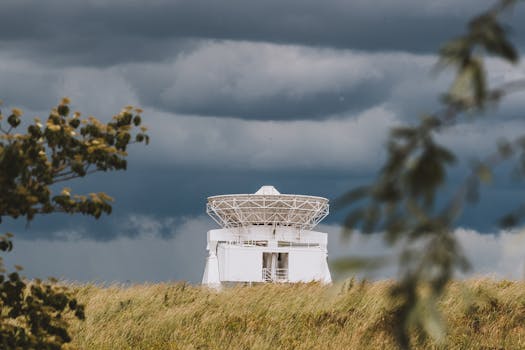GEO Satellites: Enhancing Global Communication and Navigation
GEO satellites, or Geostationary Earth Orbit satellites, are a type of satellite that orbits the Earth at an altitude of approximately 36,000 kilometers, remaining stationary relative to a fixed point on the Earth’s surface. This unique characteristic allows GEO satellites to provide continuous coverage of a specific region, making them ideal for a variety of applications, including television broadcasting, telecommunications, and weather forecasting.
History and Development of GEO Satellites
The concept of GEO satellites was first proposed by scientist Arthur C. Clarke in 1945, and the first successful launch of a GEO satellite, Syncom 2, took place in 1963. Since then, the technology has advanced significantly, with the development of more powerful and efficient satellites, as well as the introduction of new applications and services. Today, there are hundreds of GEO satellites in orbit, providing a wide range of services to users around the world.
Applications of GEO Satellites
GEO satellites have a number of applications, including television broadcasting, telecommunications, weather forecasting, and navigation. Television broadcasting is one of the most common uses of GEO satellites, with many satellites providing direct-to-home television services, as well as broadcasting signals to cable and terrestrial networks. Telecommunications is another major application, with GEO satellites providing voice, data, and internet services to remote and underserved areas. Weather forecasting is also an important application, with GEO satellites providing images and data on cloud patterns, sea surface temperatures, and other weather-related phenomena.
Benefits and Challenges of GEO Satellites
The use of GEO satellites has a number of benefits, including the ability to provide continuous coverage of a specific region, as well as the ability to reach remote and underserved areas. However, there are also challenges associated with the use of GEO satellites, including the high cost of launch and operation, as well as the risk of satellite failure and interference from other satellites. Additionally, the increasing number of satellites in orbit is creating concerns about space debris and the potential for collisions.
Future of GEO Satellites
Despite the challenges, the future of GEO satellites looks bright, with advances in technology and the development of new applications and services. The increasing demand for satellite-based services, particularly in the areas of telecommunications and navigation, is driving the growth of the GEO satellite market. Additionally, the development of new technologies, such as high-throughput satellites and satellite constellations, is expected to further enhance the capabilities and efficiency of GEO satellites.
